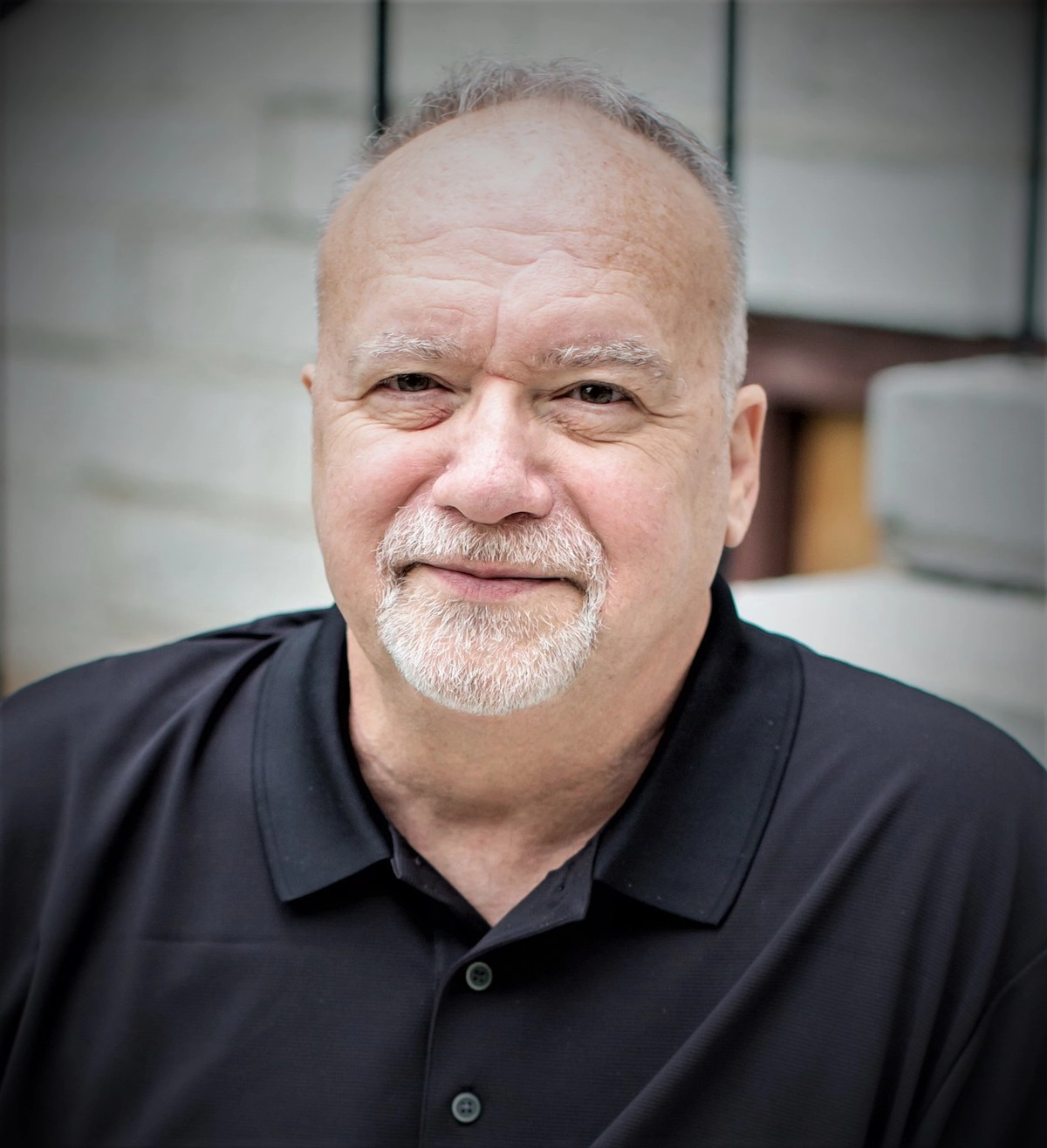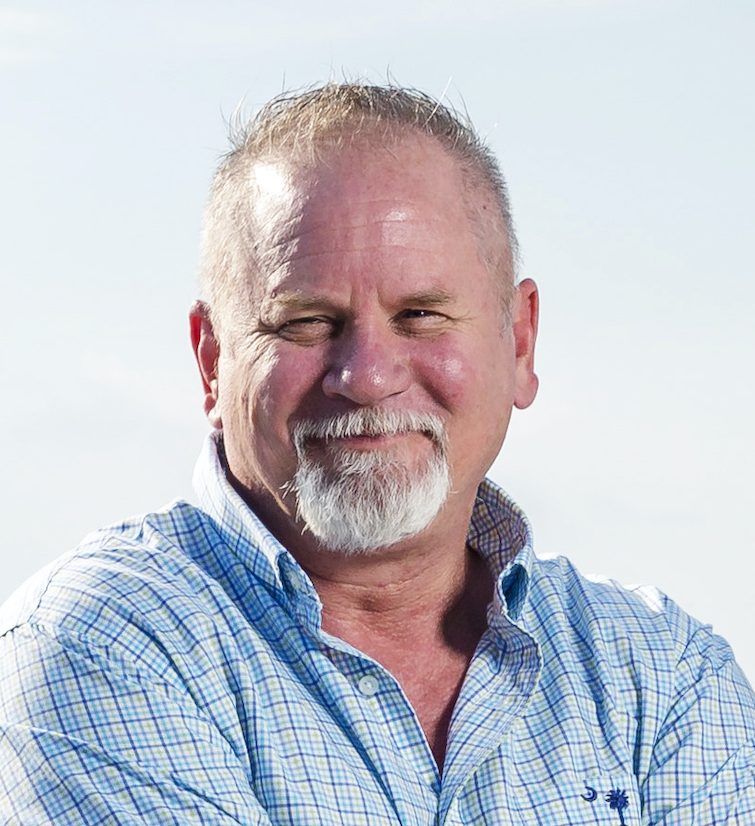By Scott Graber
It was clear that Saturday morning in 1988 as we waited for Rep. Harriet Keyserling — sitting aboard a huge, pile-driving tractor — to push a pedal that would punch the first creosote piling into the marsh. It had been a long slog getting the permits, but on this cool, crisp morning it looked like Port Royal’s boardwalk (and tower) would actually get built.
The boardwalk and the tower emerged from a dispute between the Town of Port Royal and the State Ports Authority that got underway when the Ports Authority informed the town they were going to increase the size of the port; increase the truck traffic on Paris Avenue; and close-off streets that had been open to the public.

I was Port Royal’s attorney and was asked by town council to reason with the port people in Charleston. I found them unresponsive. When they did respond they were incredulous that the town would actually question their important, worldwide activity. And so my demands became more frequent and their responses less frequent.
I responded to this indifference by calling Sen. Jimmy Waddell and Rep. Keyserling. They explained to me — as one explains realities to a child — that the Ports Authority generated thousands of jobs, millions in income and rarely bothered the legislature for money — they generated their own salaries and operating expenses from fees charged to the container ship companies that used the Port of Charleston.
I knew that one needed to allege negligence or breach of contract if we filed suit. But in this case we had two governmental bodies with differing ideas about the use of land located in Port Royal. Although I was young and callow, I knew the Ports Authority would respond with multi-part interrogatories, lengthy requests to produce, motions to compel and motions for summary judgment. The Ports Authority knew siege warfare — and so I prepared myself a long, unhappy time in front of increasingly impatient, increasingly annoyed judges. In the midst of my preparations I got a call from a person named Bill Lawrence. He said he was the Chief Financial Officer at the Ports Authority. He said he wanted to meet me in my office.
The large man who arrived in a blue oxford cloth shirt and a blazer said he liked the room and wanted to stay and talk in my tasteful, sun-filled lobby.
“I find that things go better,” he began, “if there’s good lighting and if we spend a few minutes on pleasantries.”
“Look,” I said, “We’re both busy and I think we should get straight to the issues where we disagree.”
“Tell me about your wife, Scott, and your son,” he said.
Reluctantly, I told Bill about my son, Zach, who was then 8 years old and just beginning to play soccer. I told him that our small family had just gone to see “Cats” in New York and I couldn’t get Zach to stop singing “Mr. Mephistopheles.” Then, sure I was being manipulated, I said, “OK, we’ve had our required bonding exercise. Now let’s talk about noise. The noise generated when the Repap Enterprise docks at the Port.”
“No, you still don’t understand your part,” he said. “Now you’re supposed to ask me about my family, my children, “
And so Bill told me about his wife, his children, growing up in Charleston and, eventually, explained the fees and costs of loading and unloading large ships. After this hour long tutorial I asked, “Why are you here?”
“What is it you fear?,” he replied.
“I fear the Ports Authority will expand into Port Royal and turn the town into something industrial. Something with noise, truck traffic and congestion — like North Charleston. But more than congestion and noise, Port Royal people have always had access to the water. People have always been able to walk around the docks in the evening.”
“When we unload a ship we worry about safety,” Bill said. “But I hear you about access. What can we do about assuring your folks that they can still walk along the water? What can we do so you can still have visual access into the port? Perhaps some kind of boardwalk…”
“Perhaps some kind of boardwalk” came to mind this week as I spoke with Dean Moss about the public pathway which is part of the port’s development plan. The proposed pathway starts at the western terminus of the existing boardwalk, working its way around (and seaward) of the old terminal building. Then it hugs the shoreline of Battery Creek, working its way up to the Fishcamp restaurant. From the restaurant, the trail will follow the old rail bed, eventually merging into the Spanish Moss Trail.
Port Royal has had a long relationship with the waters that surround this peninsula. Moss, Van Willis and the developers have made it clear they want this relationship to continue. Soon it will be possible to enjoy a blackened Carolina catfish and a well-oaked Chardonnay at Fishcamp, and then walk to the observation tower and listen to the well-challenged recruits on Parris Island.
Scott Graber is a lawyer, novelist, veteran columnist and longtime resident of Port Royal. Email Scott at cscottgraber@gmail.com.






